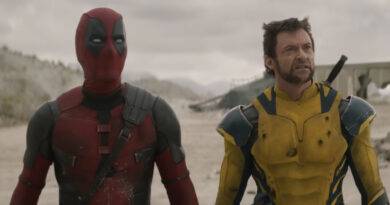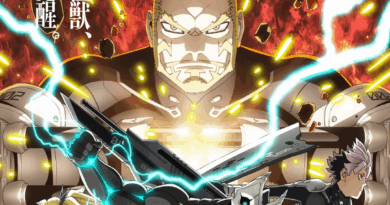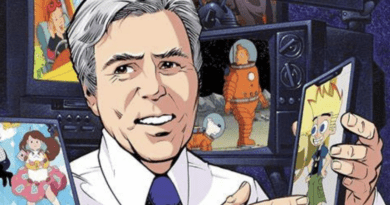
Eyes of Wakanda Review
Marvel Studios has returned with another animated project, four episodes devoted to the War Dogs of Wakanda, an organisation tasked with making sure that Wakandan artefacts return to their motherland, no matter the cost. The four episodes jump across time with different artefacts causing trouble wherever they go, such as personal injury and raw emotional damage. Throughout these four episodes, the audience gets a strong sense of how the War Dogs work, with absolute impunity and no care for the wider world, only the mission is important. Voice acting is serviceable though no particular standouts, and while the animation style strives for angularity, this doesn’t land well, particularly in faces.
Each of the four episodes of ‘Eyes of Wakanda’ focus on a different time period and setting, and it helps to diversify what’s happening. It allows the audience to glimpse that despite their isolationism, Wakanda has always had relationships with the world throughout history. This aspect helps to flesh out Wakanda as a whole, not just the War Dogs. They employ the most ruthless people to take back stolen artefacts and prevent the secret of their nation from being revealed.
Technically speaking, ‘Eyes of Wakanda’ doesn’t impress. Its animation style focuses on angular points. This doesn’t resolve well when it comes to people’s faces, looking uncanny to look at. The action is generally fine, with the occasional stand out fight, but rarely does it impress. It’s something that each Marvel series struggles with more and more, not because of shoddy animation or poor choreography, because more and more audiences are inundated with action from multiple sources, and it’s getting harder and harder to create action that can really get the audience to feel something and connect with it. That does happen with some of the action beats absolutely, but not enough over the four episodes.
The relationships of the many characters are much better. Particularly in episode two onwards, audiences get to see the bonds that get strained and hurt for the mission. It’s something that ties into the lonely nature of the role, and that isolation of the nation leads to isolation of the individual. These relationships give Wakanda real flaws as a nation, and shows it not as a perfect Afrofuturist technouptopia that ‘Black Panther’ depicted, but one that is quite happy to cause destruction just to get the artefacts it seeks.
If ‘Eyes of Wakanda’ gets one thing across, it’s that being a member of the War Dogs is an incredibly lonely job. Time and time again the protagonist of the individual episodes is forced to reckon with the difficult nature of the job, one where the mission must come first at all costs. This adds a heavier tone that sometimes awkwardly clashes with the upbeat elements. It’s a darker exploration of Wakanda‘s isolationism, that the politics of the nation will seep into the individual in the end. The War Dogs were even founded by a loner, giving a window into how deeply the views of a person can impact an organisation. This is the strongest aspect of the show by far, adding layers of depth to the fictitious African nation.
While ‘Eyes of Wakanda’ doesn’t impress, its expansion of the Wakanda does bring something unique to the table, and shows how the isolationism of the nation has forced them to choose more personal destructive ways to retrieve their stolen artefacts, and that their nation’s chosen relationship with the world has seeped into its citizenry. The animation isn’t the best and the majority of the action isn’t the flashiest, but through its characters and themes the four episodes do provide a new dimension to the most technologically capable nation on the planet.



